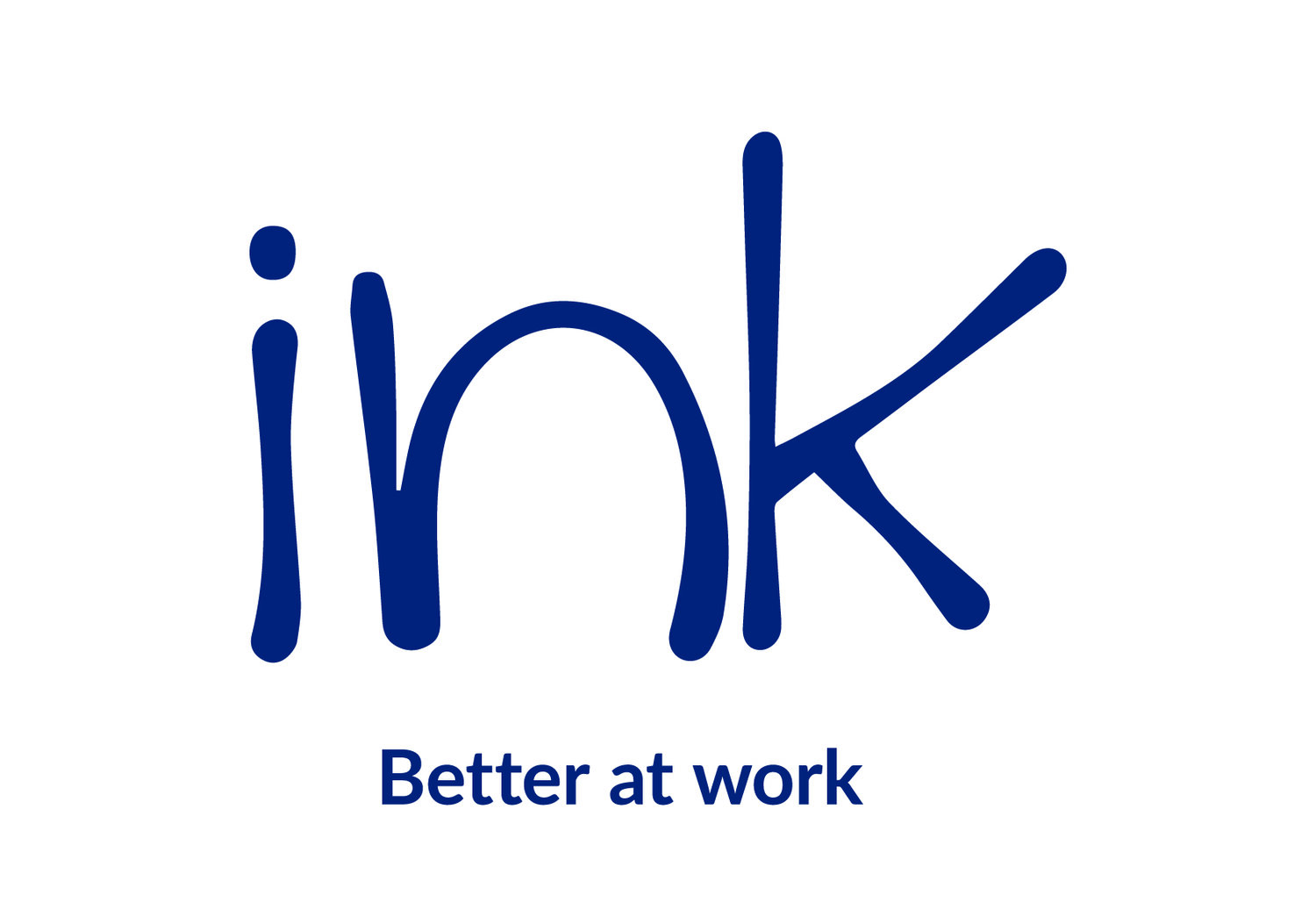Balancing cost and need for Private Medical Insurance schemes.
The UK boasts a world-renowned public healthcare system, the National Health Service (NHS). However, the system is under strain causing increasing numbers of employers to fund Private Medical Insurance (PMI) to get their key people back to work more quickly.
With greater demand in the private sector comes increasing costs for employers, and our clients are constantly trying to balance cost control with providing a high-quality healthcare proposition for employees. How do they do this?
We think the key decisions lie in the following areas:
Strategy – There must be a Board sponsored Health and Wellbeing Strategy, even within small businesses, otherwise cost control becomes impossible. Simply putting a PMI scheme in place is not a strategy, employers need to consider some fundamental questions – what are your objectives, what is your budget, who are your employees and what do your competitors do?
Design – Employers should consider the aspects of health and wellbeing that they want to fund, and for whom – is it for the key executives or healthcare for all, are dependants being covered, and do benefits apply from day one of employment?
Considering the balance between “everyday” benefits such as online GPs, Employee Assistance Programmes (EAPs), dental, optical, physiotherapy, with more traditional coverage like outpatient, inpatient, musculoskeletal surgery and complex conditions including heart disease or cancer is essential. Then you also need to be aware of emergent workplace healthcare trends such as specific women’s and men’s health, digital healthcare, and neurodiversity.
Product and provider – At this stage you are likely to be ready to consider the range of products available in the market. A good healthcare consultant will help you get the best coverage for your chosen design, often combining desired features into single plans to ensure simplicity and cost effectiveness. Don’t just buy an off the shelf product from a household name insurer, really consider which provider delivers against your company requirements.
Price, value, and risk mitigation – Ultimately your final selection will come back to budget. Make sure your advisers are helping you understand the cost control and mitigation options available – these might include an excess, underwriting, hospital lists, exclusions, benefits caps and strict eligibility and governance rules. You need to ensure that any strategy you introduce is affordable now, and sustainable into the future – the last thing you want to do is have to water down or remove highly valued benefits.
There is no doubt that employers are having to reevaluate the percentage of employment cost that they are prepared to allocate to employee health and wellbeing. The NHS may have a resurgence, but we feel that the structural and demographic issues in the UK make this extremely unlikely in the short or medium term, leaving employers to decide on how much of this burden to take on.
If your business would value a fresh look at how you manage health and wellbeing, then please get in touch with The Ink Group at benefits@theinkgroup.co.uk. We pride ourselves on being genuine consultants in this market, not simply insurance brokers moving your scheme from insurer to insurer without tackling the real underlying issues.

